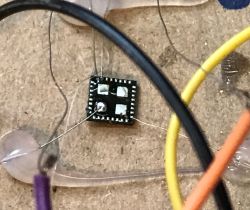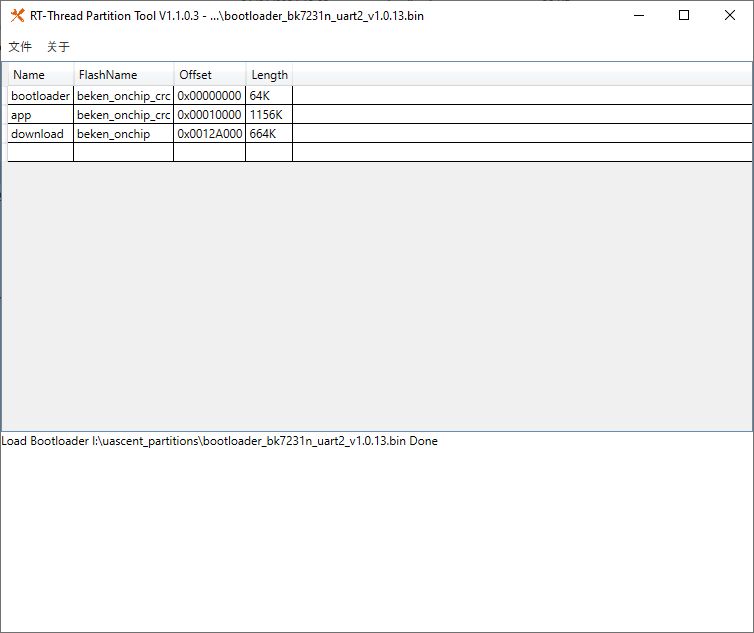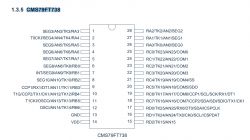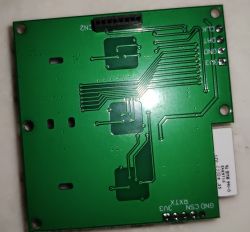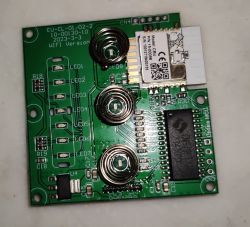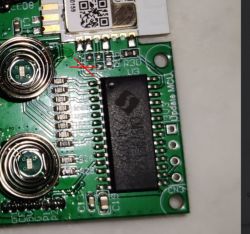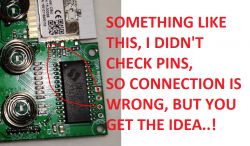Hi all out there,
I'd like to flash my Currysmart Gen6 Curtain switch with OpenBeken - but got stuck at the point on how to disable the MCU used on this board. Well yes, I could simply disconnect the TX/RX connections but this is actually what I want to avoid. In Tasmota Wiki they say this could be done by connecting RST/NRST to GND. The latter is easy for me to find
That's why I decided to ask here for help. Documentation is available here - chip is CMS79FT738:
https://www.mcu.com.cn/uploads/img1/tupian//%...8B%E8%BD%BD/CMS79F73x_User_Manual_V1.7%20.pdf
If the only option left is to interrupt the TX/RX... OK, so I hope to find some help here. Afterwards I will post the teardown and all info that I have got from the device into the proper section here to help others to do the job an easy and quick way.
Thanks for your help in advance
Andreas



